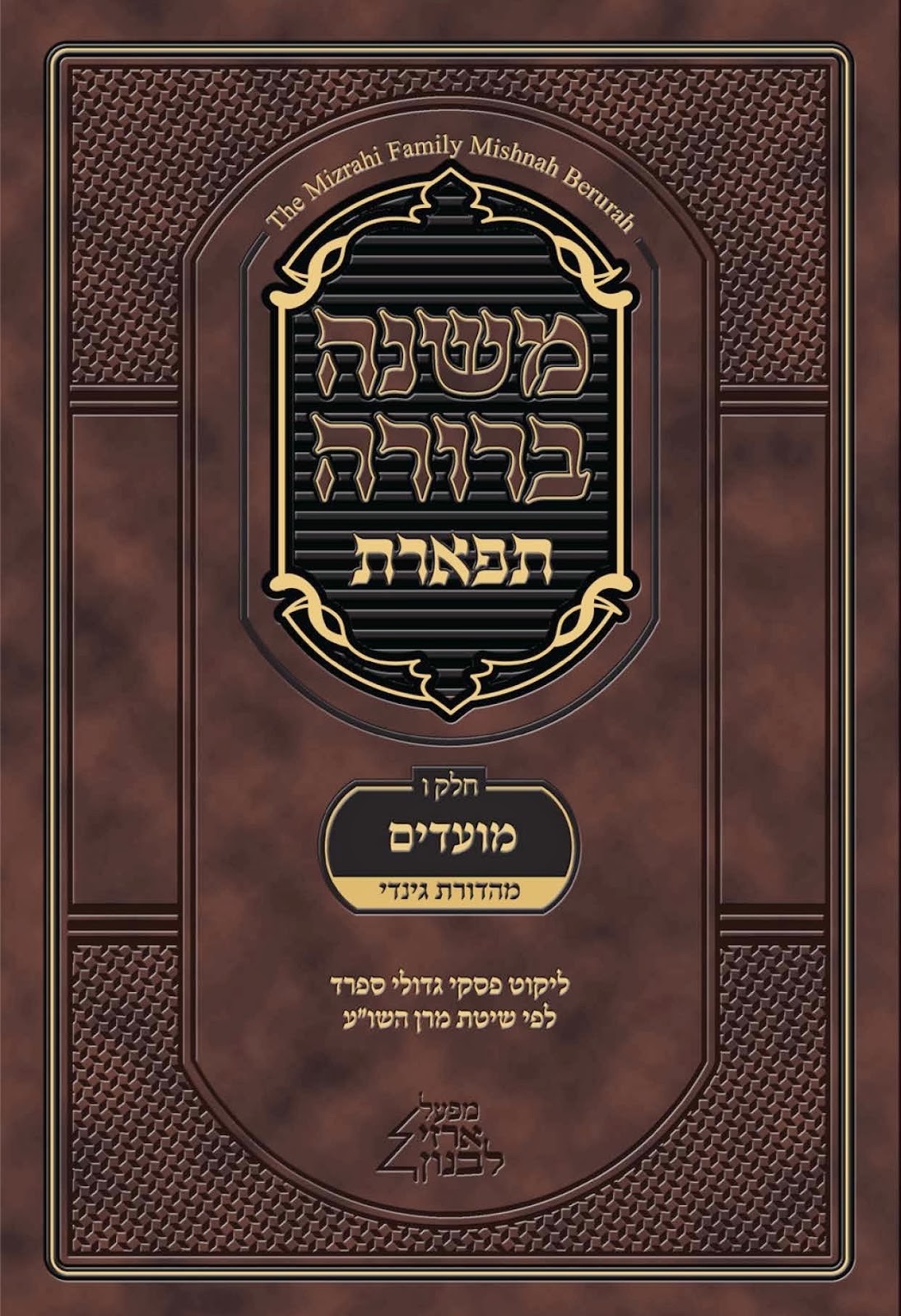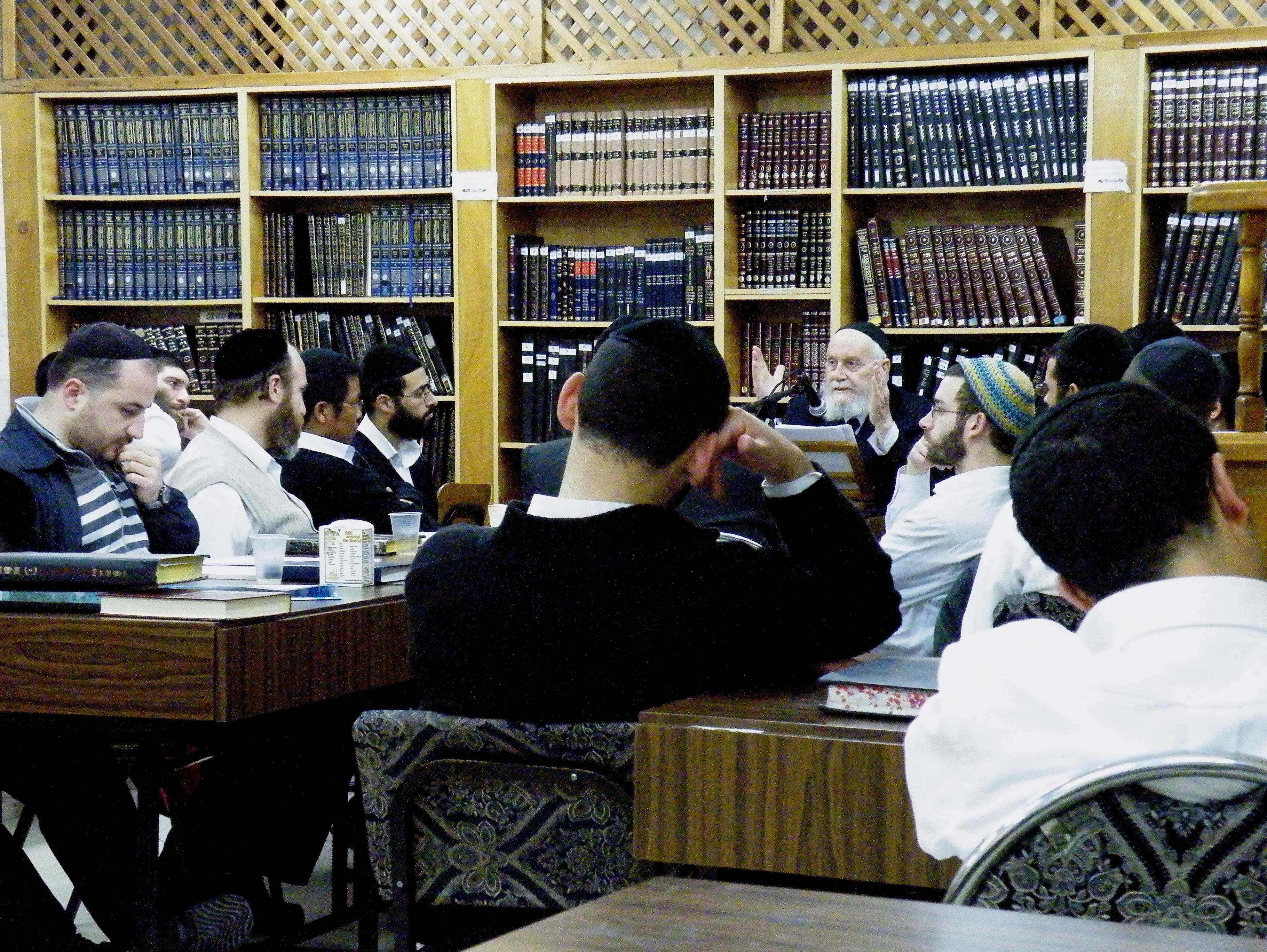|
Yeshiva Gedolah
Yeshiva gedolah, known in the United States as bais medrash, is a type of yeshiva, a Jewish educational institution, which is aimed at post-secondary students in their later teens or younger twenties. This contrasts with a Yeshiva Ketana or Mesivta, in which students are typically in the early teens. History Israel and the United States There are several differences between yeshiva gedolahs in Israel and the United States, the most obvious one being its name: in the United States, yeshiva gedolahs are referred to as ''bais medrash'', the same name given to Torah study halls. Another difference is that while in most yeshivas in the United States, students graduate from mesivta after twelfth grade and then go on to yeshiva gedolah, Israeli mesivtas (known in Israel as ''yeshiva ketana'' or ''yeshiva tichonit'') go until eleventh grade, after which the students graduate to yeshiva gedolah. Structure ''Seder'' The day in yeshiva gedolahs (as well as in many mesivtas) is split ... [...More Info...] [...Related Items...] OR: [Wikipedia] [Google] [Baidu] |
Mishnah Berurah
The ''Mishnah Berurah'' ( "Clear Teaching") is a work of ''halakha'' (Jewish law) by Rabbi Yisrael Meir Kagan (Poland, 1838–1933, also known as ''Chofetz Chaim''). It is a commentary on ''Orach Chayim'', the first section of the ''Shulchan Aruch'' which deals with laws of prayer, synagogue, Shabbat and holidays, summarizing the opinions of the ''Acharonim'' (post-Medieval rabbinic authorities) on that work. The title comes from Talmud Bavli Masechet Shabbat 138b-139a, "They will rove, seeking the word of the LORD, but they will not find it ( Amos 8:12) -- they will not find clear teaching and clear law in one place." Contents The ''Mishnah Berurah'' is traditionally printed in 6 volumes alongside selected other commentaries. The work provides simple and contemporary explanatory remarks and citations to daily aspects of ''halakha''. It is widely used as a reference and has mostly supplanted the Chayei Adam and the Aruch HaShulchan as the primary authority on Jewish daily li ... [...More Info...] [...Related Items...] OR: [Wikipedia] [Google] [Baidu] |
Jewish Day School
A Jewish day school is a modern Jewish educational institution that is designed to provide children of Jews, Jewish parents with both a Jewish and a secular education in one school on a full-time basis. The term "day school" is used to differentiate schools attended during the day from Hebrew school, part time weekend schools as well as secular or religious "boarding school" equivalents where the students live full-time as well as study. The substance of the "Jewish" component varies from school to school, community to community, and usually depends on the Jewish denominations of the schools' founders. While some schools may stress Judaism and Torah study others may focus more on Jewish history, Hebrew language, Yiddish language, Jewish culture, and Zionism. Types Not all Jewish day schools are the same. While they may all teach Jewish studies or various parts of Torah and Tanakh, these studies may be taught from various points of view depending on each school's educational policies ... [...More Info...] [...Related Items...] OR: [Wikipedia] [Google] [Baidu] |
Rosh Yeshiva
Rosh yeshiva or Rosh Hayeshiva (, plural, pl. , '; Anglicized pl. ''rosh yeshivas'') is the title given to the dean of a yeshiva, a Jewish educational institution that focuses on the study of traditional religious texts, primarily the Talmud and the Torah, and ''halakha'' (Jewish law). The general role of the rosh yeshiva is to oversee the Talmudic studies and halakha, practical matters. The rosh yeshiva will often give the highest ''Shiur (Torah), shiur'' (class) and is also the one to decide whether to grant permission for students to undertake classes for rabbinical ordination, known as ''semicha''. The term is a compound word, compound of the Hebrew words ''rosh'' ("head") and ''yeshiva'' (a school of religious Jewish education). The rosh yeshiva is required to have a comprehensive knowledge of the Talmud and the ability to analyse and present new perspectives, called ''chidushim'' (wikt:novellae, novellae) verbally and often in print. In some institutions, such as YU's Rabbi ... [...More Info...] [...Related Items...] OR: [Wikipedia] [Google] [Baidu] |
Shiur Klali
A shiur (, , ; , ) is a lecture given any Torah-related topic of study, such as Gemara, Mishnah, ''Halakha'' (Jewish law), or Tanakh (Hebrew Bible), usually given in a yeshiva, though commonly in other Jewish communal settings. History The Hebrew term שיעור ("designated amount") came to refer to a portion of Judaic text arranged for study on a particular occasion, such as a yahrzeit, the dedication of a new home, or the evening of a holiday, and then to a public reading and explanation of the same. The act of teaching and studying these texts at the designated time was known as ''shiur lernen'' (); by synecdoche, the act itself became known as ''shiur''. These shiurim would be attended by all classes of people; it was traditional for learned attendees to engage the lecturer in continuous discussion, and for the larger lay audience to listen intently. Concurrently, in the yeshiva-setting it came to refer to the daily study quotient for students, and then to the le ... [...More Info...] [...Related Items...] OR: [Wikipedia] [Google] [Baidu] |
Cholent
Cholent or Schalet () is a traditional slow-simmering Sabbath stew in Jewish cuisine that was developed by Ashkenazi Jews first in France and later Germany, and is first mentioned in the 12th century.Rabbi Yitzahk ben Moishe or "Zaruah" in his ''Mishnah Torah''. Or Zaruah, part 2, Hilhot Erev Shabbat, 3b. It is related to and is thought to have been derived from hamin, a similar Sabbath stew that emerged in Spain among Sephardic Jews and made its way to France by way of Provence. Etymology Max Weinreich traces the etymology of ''cholent'' to the Latin present participle ''calentem'' (an accusative form of ''calēns''), meaning "that which is hot" (as in ''calorie''), via Old French (present participle of , from the verb , "to warm"). One widely quoted folk etymology derives the word from French language, French ("hot") and ("slow").Stein, 46. Another folk etymology derives ''cholent'' (or ) from , which means "that rested [overnight]", referring to the tradition of Jewish f ... [...More Info...] [...Related Items...] OR: [Wikipedia] [Google] [Baidu] |
Shabbat
Shabbat (, , or ; , , ) or the Sabbath (), also called Shabbos (, ) by Ashkenazi Hebrew, Ashkenazim, is Judaism's day of rest on the seventh day of the seven-day week, week—i.e., Friday prayer, Friday–Saturday. On this day, religious Jews remember the biblical stories describing the Genesis creation narrative, creation of the heaven and earth in six days and the redemption from slavery and the Exodus from Egypt. Since the Hebrew calendar, Jewish religious calendar counts days from sunset to sunset, Shabbat begins in the evening of what on the civil calendar is Friday. Shabbat observance entails refraining from 39 Melachot, work activities, often with shomer Shabbat, great rigor, and engaging in restful activities to honor the day. Judaism's traditional position is that the unbroken seventh-day Shabbat originated among the Jewish people, as their first and most sacred institution. Variations upon Shabbat are widespread in Judaism and, with adaptations, throughout the Abraham ... [...More Info...] [...Related Items...] OR: [Wikipedia] [Google] [Baidu] |
Mishpacha
''Mishpacha'' () - Jewish Family Weekly is a Haredi weekly magazine package produced by The Mishpacha Group in both English and Hebrew. History ''Mishpacha'' is one of the four major English-language newspapers and magazines serving the Haredi Jewish community in the United States. Together, the four publications had a circulation of about 100,000 as of 2015. ''Mishpacha'' is the only one based in Jerusalem. The Mishpacha Publishing Group was founded in 1984 with the publication of the Hebrew Mishpacha magazine. Publisher and CEO Eli Paley teamed with Moshe Grylak towards the goal of producing a magazine that would serve as a conduit for the exchange of ideas and values between the varying streams within Jewish orthodoxy, among them the Hasidic, Yeshivish, Sephardic, and Modern Orthodox communities. With no other weekly or monthly magazines geared towards Orthodox Jewish readership at that time, Mishpacha quickly gained popularity, in effect launching the Jewish Orthodox mag ... [...More Info...] [...Related Items...] OR: [Wikipedia] [Google] [Baidu] |
Brisk Yeshiva
The Soloveitchik dynasty of rabbinic scholars and their students originated the Brisker method of Talmudic study, which is embraced by their followers in the Brisk yeshivas. It is so called because of the Soloveitchiks' origin in the town of Brisk, or Brest-Litovsk, located in what is now Belarus. Many of the first Soloveitchik rabbis were the official rabbis of Brisk, and each in turn was known as "the Brisker Rov". Today, Brisk refers to several yeshivas in Israel and the United States founded by members of the Soloveitchik family, including the yeshivas of R’ Avraham Yehousua Soloveitchik and the late R’ Dovid Soloveitchik, among others. The Soloveitchik dynasty The Soloveitchik family includes many significant rabbinical forebears, such as Simcha Rappaport and Chaim of Volozhin, famed Talmudist and founder of the Volozhin yeshiva. Chaim of Volozhin was a student of the Vilna Gaon. The Soloveitchik dynasty began with Rabbi Yosef Dov Soloveitchik known as the '' Beis ... [...More Info...] [...Related Items...] OR: [Wikipedia] [Google] [Baidu] |
Musar Literature
Musar literature is didactic Jewish ethical literature which describes virtues and vices and the path towards character improvement. This literature gives the name to the Musar movement, in 19th century Lithuania, but this article considers such literature more broadly. Definition Musar literature is often described as "ethical literature." Professor Geoffrey Claussen describes it as "Jewish literature that discusses virtue and character." Professors Isaiah Tishby and Joseph Dan have described it as "prose literature that presents to a wide public views, ideas, and ways of life in order to shape the everyday behavior, thought, and beliefs of this public." Musar literature traditionally depicts the nature of moral and spiritual perfection in a methodical way. It is "divided according to the component parts of the ideal righteous way of life; the material is treated methodically – analyzing, explaining, and demonstrating how to achieve each moral virtue (usually treated i ... [...More Info...] [...Related Items...] OR: [Wikipedia] [Google] [Baidu] |
Halakha
''Halakha'' ( ; , ), also Romanization of Hebrew, transliterated as ''halacha'', ''halakhah'', and ''halocho'' ( ), is the collective body of Judaism, Jewish religious laws that are derived from the Torah, Written and Oral Torah. ''Halakha'' is based on biblical commandments (''Mitzvah, mitzvot''), subsequent Talmudic and Mitzvah#Rabbinic mitzvot, rabbinic laws, and the customs and traditions which were compiled in the many books such as the ''Shulchan Aruch'' or ''Mishneh Torah''. ''Halakha'' is often translated as "Jewish law", although a more literal translation might be "the way to behave" or "the way of walking". The word is derived from the Semitic root, root, which means "to behave" (also "to go" or "to walk"). ''Halakha'' not only guides religious practices and beliefs; it also guides numerous aspects of day-to-day life. Historically, widespread observance of the laws of the Torah is first in evidence beginning in the second century BCE, and some say that the first evide ... [...More Info...] [...Related Items...] OR: [Wikipedia] [Google] [Baidu] |



